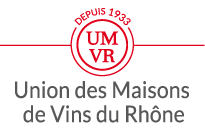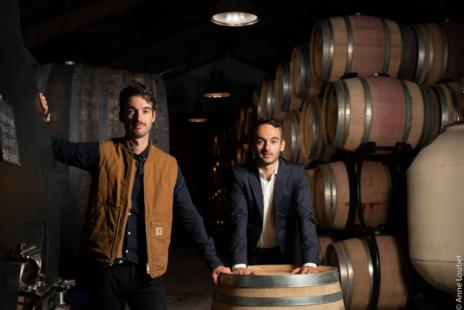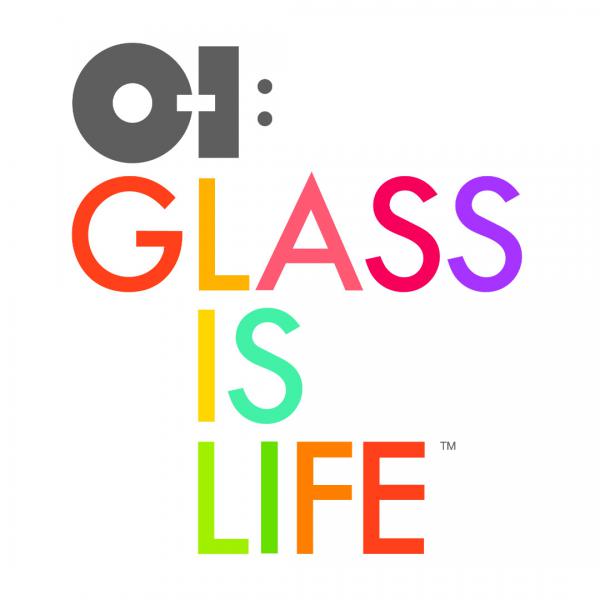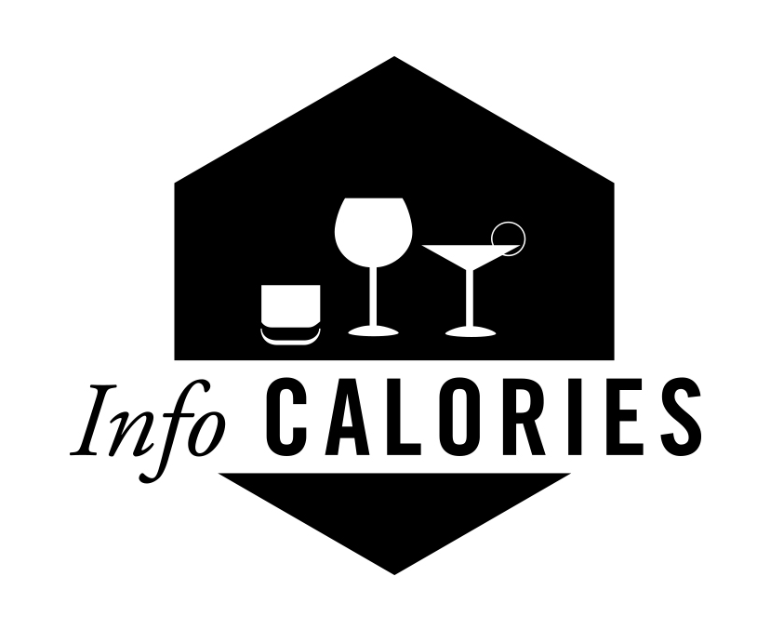Interview with Philippe Dry
FEBRUARY 2022
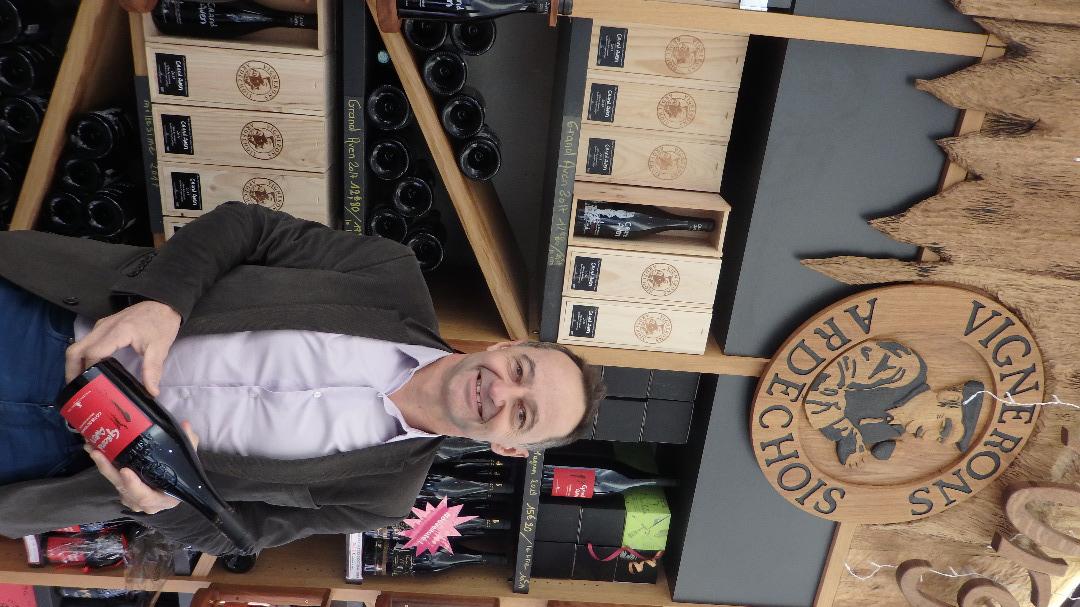
After playing a driving and major role in the renovation of the vineyard in the 1980s and 1990s, the Union des Vignerons Ardéchois, which today markets 85% of Ardèche wines, is playing the biodiversity card. It is thus in tune with a department acclaimed by French and foreign tourists for its natural side. In the world of wine, Union des Vignerons Ardéchois is almost unique. This grouping of cooperative cellars (14), all in total contribution, operates according to a simple scheme: the vinification is carried out by the cellars according to the specificities of each in terms of grape varieties and terroir; the Union's oenology service defines the vinification process for each cuvée, takes care of storage, carries out bottling and marketing. The Union, which buys the wine from the members, therefore plays the role of the parent company of the cooperative structure.
Philippe Dry has been its Managing Director since July 2015 alongside President François Guigon. He succeeded Denis Roume, who spent almost 30 years in this position. “Les Vignerons Ardéchois is a fairly long-lasting structure, he underlines, which works in continuity. I am in fact only the 3rd director, Guy Boyer having been the first”. This native of Burgundy, who worked in food marketing until 1992, then entered the world of wine. First in a Beaujolais house belonging to the Boisset group, then in Chablis before managing the famous cellar of Ribeauvillé in Alsace. And finally the Ardèche which he knew and appreciated as a tourist.
A mosaic of grape varieties and terroirs
From Aubenas to the Gard and from the Rhône valley to the Cévennes, here is a wine-growing territory of more than 6,000 ha which is distinguished by a great diversity of terroirs and grape varieties. "There is enormous potential in this southern Ardèche where you can almost find the map of France of the great vineyards" enthuses Philippe Dry. The Ardèche, in fact, has for 50 years replanted almost all the great French grape varieties. There are of course the Rhone grape varieties (viognier, syrah, grenache in particular) which represent the heart of the activity of the Vignerons Ardéchois and on which we discover interesting expressions of the terroir. But also Bordeaux grape varieties (Cabernet, Merlot or even Sauvignon) and Burgundy grape varieties (Chardonnay and Pinot Noir on more than 500 hectares).
To explain this myriad of grape varieties (more than twenty), we have to go back to the first partnership signed in 1979 with Maison Latour in search of sources of supply for its white wines. This was for the winegrowers a real awareness of the quality of their terroirs. Since then, this substantive work in partnership with houses outside the region has continued with, among others, Georges Dubœuf (Beaujolais) on Gamays and Michel Laroche (Chablis) on Pinot Noirs.
“These partnerships have reinforced our desire to replant noble grape varieties in line with our terroirs. Always betting on quality rather than yields”. Which very rarely exceed 50 hl / ha even though the Ardèche territory is 90% an IGP region. "But we really work the Ardèche as an appellation conducive to quality wines". Among which we can cite the Chatus Monnaie d'Or, named after an indigenous grape variety already mentioned by Olivier de Serres in his writings in the 15th century, which survived phylloxera and which was thought to have disappeared forever. It is productive, colorful, very resistant and late, with also quite a bit of acidity. Found somewhat by chance on sandstone terraces in the Cévennes (there is even a vine in the village of Vernon that dates back to 1883), the winegrowers pampered it and replanted around 50 ha of it. “It is a grape variety that is becoming more and more interesting in relation to global warming, adds the director of Vignerons Ardéchois, and we are going to replant it”.
Ardèche by nature: biodiversity, a priority Launched in 2016, the “Ardèche par nature” brand formalizes the process of an environmental approach initiated by a few winegrowers at a time when organic was in its infancy and the HVE standard non-existent. This is easily explained according to Philippe Dry: “We have always been in a territory and a naturally preserved environment with extraordinary biodiversity. And we are expected for that by our customers”. Gradually, winegrowers and cellars have therefore entered into the process and the Union of Vignerons Ardéchois has joined forces with various organizations involved in the protection of nature: installation of beehives, nesting boxes, creation of hedges... everything is good for maintain biodiversity! Today, two-thirds of the vineyard is labeled HVE (i.e. more than 4,000 ha). Next year, except for a few plots, it will be all of it, including the 500 ha already converted to organic. It is in this philosophy that “Ardèche par nature” fits, a registered trademark with specific specifications which, beyond the reduction of inputs and treatments, includes elements on the management of biodiversity. A motivating charter for winegrowers who, with the Vignerons Ardéchois, have a safety net. Because this kind of practice leads to lower yields and greater risks and it is the parent structure that takes charge of them. Ardèche by nature, totally organic from the 2022 vintage, is reserved for traditional circuits. A second brand, Ardèche par passion, from the same terroirs, is intended for mass distribution.
THE STRENGTH OF WINE TOURISM In addition to the head office in Ruoms, which includes the packaging, storage and shipping centre, the Vignerons Ardéchois created Néovinum in 2013, a space of 1,500 m2 devoted to the discovery of vines and wine which adjoins the cellar. of sale. They have two other reception sites: - the Aven d'Orgnac, an underground cellar (- 50 meters) in which 15,000 bottles are aged and where many wine tourism operations take place, underground tastings in particular, which highlight the aging potential of these wines, mainly from the Coteaux du Vivarais. - the Terra Noé estate (25 ha) in organic conversion, which is a place of experimentation with new winegrower practices. There is also the reception structure of the company "Ardèche Vignobles" created in 2018: a participative company of a cooperative nature which brings together more than 800 members. The money collected (more than €2 million to date) has made it possible to buy 60 ha of vines made available to young winegrowers who are setting up shop.
LANDMARKS 14: the number of cooperatives that are members of the Union des Vignerons Ardéchois (which represents around a thousand farms). 6,000: the surface area of the vineyard in hectares, spread over a multitude of plots. 300,000: the average annual production in hl (40% rosé, 40% red, 20% white) of which nearly 85% is IGP, the rest being divided into Côtes du Rhône and Côtes du Rhône villages in the Bourg-Saint cellar -Andéol (for 15,000 hl around 50% organic) and in Coteaux du Vivarais for 6 to 7,000 hl. 2,000: the number of wine merchants in France who are partners of Vignerons Ardéchois, who also export 20% of their production to 40 countries. 52: turnover in M€. For a production of 10 million bottles and 3.5 million Bag-in-Box® which represent 2/3 of the volume and 50% of the value. www.vignerons-ardechois.com
